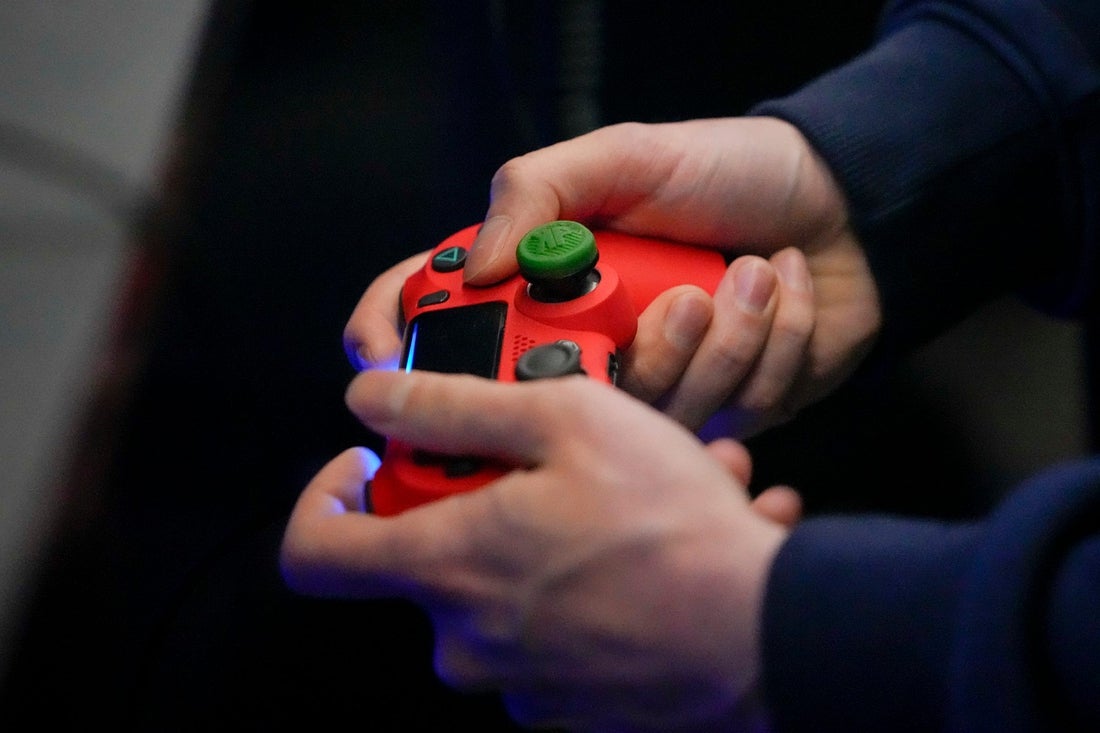Every year, MLB spring training provides some sort of insight into the upcoming season, whether it be emerging stars or the adoption of new rule changes. Well if the early goings of this year’s spring training are any indicator, we’re in for some wild times. I’m at the point where nothing on my Twitter feed could surprise me. It hasn’t been as insane as laws being broken or bat boys being executed as some people may joke.
That said, a variety of unexpected events have unfolded. The most prominent of which has been the adoption of the pitch clock. Although I’m still a firm believer that the change is much-needed, and will eventually be figured out by everyone before the games actually start mattering, even I can’t deny the wildness that has ensued. We’ve already seen a bases-loaded, two-out situation resolved by way of the pitch clock. It’s caused several other hitters to lose opportunities to swing. It’s been very divisive. I’m not talking about that rule change though.
Every time a significant rule change comes to MLB, spring training is riddled with managers and players testing out those rules and determining what they can or can’t get away with. Do you remember when manager challenges were introduced during the 2014 season? That spring training was filled with ridiculous challenges that obviously weren’t going to be overturned. I remember instances where a batter would get thrown out at first base on a routine ground ball, and the manager would ask for a challenge. It was obvious that it wouldn’t be overturned, but they did it anyway. As spring training wore on, they started using their challenges less frequently. They started saving them for crucial moments. Then, when the regular season rolled around, they knew exactly when and where to use them. Essentially, these growing pains surrounding the pitch clock were to be expected, but every other bit of wacky nonsense to happen…yeah, that’s coming out of nowhere.
Beef with the umps
The first thing I want to bring up is the beef between umpire CB Bucknor and St. Louis Cardinals’ manager Oliver Marmol. The two had a spat in August last season and reunited on the field for the first time since then this past Saturday. Marmol tried to shake Bucknor’s hand, but Bucknor refused the gesture. That brought things to a boiling point.
“I went into that game pretty certain of my thoughts on him as an umpire,” Marmol said. “It shows his lack of class as a man. I chose my words wisely. I just don’t think he’s good at his job and it showed his lack of class as a man.”
G/O Media may get a commission
Attacking someone’s manhood is never a good look, especially in a professional setting. At the same time, refusing to shake someone’s hand is a pretty soft and petty move. Marmol claims that the gesture wasn’t intended to be an “olive branch,” just a sign of respect. While many people speculated that this grudge between both parties could create issues down the line for the Cardinals, the two were seen shaking hands just two days later before a game between the Cardinals and Mets.
Umpires have become much more vilified in recent years. With the increased attention from fans and members of the media, seeing certain names behind home plate can lead to fans anticipating poor calls for their team and thus tuning out as soon as things turn sour. Never before though can I remember a beef so prominent between a manager and umpire. Sure, there have been times when a manager or player has come forward denouncing a certain umpire — who could forget the epic minute-long stare-down between Madison Bumgarner and Joe West — but I don’t think those beefs have spanned across multiple seasons like this one now has. As I said earlier, the two did shake hands when given the opportunity on Monday, so maybe we’ve seen the last of it, but maybe not and that’s just another tally on the “weird” board for this spring training.
Of course, with MLB looking to install robot umpires into the game within a few years, the presence of officials on baseball diamonds will become much less prevalent in the near future. We got a glimpse of what that may look like in the bottom of the ninth inning during a game between the Pittsburgh Pirates and Baltimore Orioles. You see, during a game between those clubs, the Pirates were leading 7-4 after the top of the ninth. They didn’t need to bat, so the game was over. The umpires went home, but the Orioles and Pirates wanted to play out the bottom of the ninth. Why not, right? These games don’t matter. Play on, and see what certain players on your roster have to offer. More baseball means more opportunities to prove yourself before the season starts. Both teams agreed to play on, but the umpires’ duties had been fulfilled. They wanted to go home, and they did. Meanwhile, the Orioles and Pirates just decided to play without them.
It has a great sandlot feel, doesn’t it? Having the catcher be as unbiased as possible as he calls balls and strikes is a classic feeling that you don’t get at higher levels of the sport. Seeing both teams opt to continue play for the love of the sport just felt wholesome, even if it did look a little bit odd.
“There’s a cat on the diamond!”
Finally, while umpires may have left the field, a feline found its way onto the field during a game between the Boston Red Sox and Miami Marlins.
Animals and baseball have a funny relationship. Every time one interferes with a game, the sighting makes headlines. Randy Johnson kills a bird? Still talked about today. A bald eagle lands on James Paxton? Clip goes viral. Cats are no exception. Just last year, feral cats had infiltrated RingCentral Coliseum in Oakland. That’s to be expected though given the poor quality of Oakland’s baseball facilities. Spring training though? Nope, they shouldn’t be there. Alas, this kitty much like every other cat to make an appearance during a professional sporting event, went viral.
As any baseball fan would be, I’m excited for the return of my favorite sport, but through the early goings of spring training, something fishy has clearly infiltrated the league. There’s an eerie aura in the air and I can’t quite put my finger on it. Maybe I’m just being superstitious, but in a sport with such deep roots in that department, you can never be so sure. Just expect the unexpected come March 30, or hope these odd occurrences cease beforehand.
Audibly tipping pitches?
Kenta Maeda threw two scoreless innings against the Tampa Bay Rays — despite the team knowing what pitches were called. The 34-year-old righty allowed two hits and a walk, while striking out two batters.
“I said, ‘Nicely done. By the way, something to note, they knew every pitch that was coming,’’’ said Minnesota Twins manager Rocco Baldelli, who noted that the PitchCom device catcher Tony Wolters was using was loud enough for Tampa’s hitters to hear.
Zack Greinke calls off his own pitches
Speaking of PitchCom mishaps, one of the funniest interactions happened between 39-year-old Zack Greinke and the technology on his wrist. According to Bally Sports Wisconsin reporter Sophia Minnaert, the former Brewer took some time adjusting to the new pitch-calling system, as even after he’d sent his preferred pitches to his catcher, as soon as the numbers came down confirming the catcher had received the call that Greinke wanted, Greinke would still shake his catcher off. How do you reject the pitch that you asked for?! Greinke certainly isn’t doing anything to help the “old guys struggle with new technology” stereotype, but with how weird his career has been, maybe this is just a genius tactic to confuse hitters. After all, if hitters were in fact hearing what pitches were being called from Kenta Maeda, maybe shaking off those pitches would make hitters question what was about to be thrown their way. That’d be an absolutely mind-melting, advanced play.
Figuring out ‘where the limit is’
Mets ace Max Scherzer got called for a balk as he threw a pitch to Victor Robles right as plate umpire Jeremy Riggs reset the clock.
“He calls time, I come set, I get the green light,” Scherzer said. “I thought that was a clean pitch. He said no. We have to figure out where the limit is.”
As part of the new rules, pitchers will have 15 seconds from the time the throw back from the catcher hits their glove to start their delivery with no one on base, and 20 with runners on.
Or a pitcher could make quick work of a batter.
Wandy Peralta records K in 20 seconds
New York Yankees reliever Wandy Peralta struck a hitter out in 20 seconds. At that pace, the entire half-inning would be over in a minute. In two minutes, the entire inning would be over.
Read more here.
















